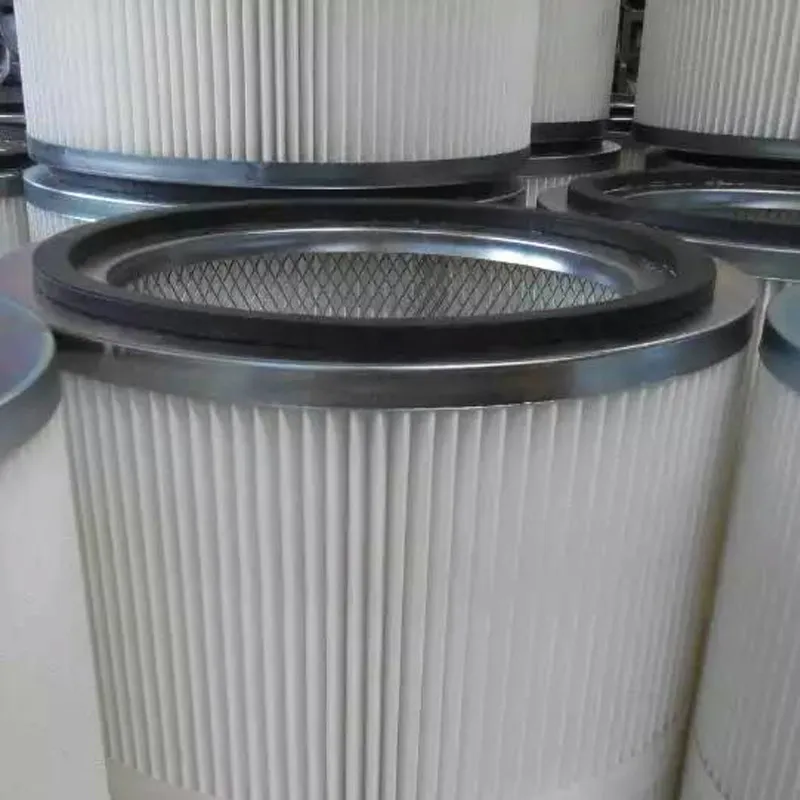 Tel:
+8618931101301
Tel:
+8618931101301
12 月 . 04, 2024 09:51 Back to list
antistatic filter element
Understanding Antistatic Filter Elements Importance and Applications
In the realm of industrial filtration, specialized components play a crucial role in ensuring the purity and safety of various processes. Among these components, antistatic filter elements stand out as vital tools in preventing static electricity build-up that can lead to process inefficiencies, equipment damage, and safety hazards. This article delves into the significance of antistatic filter elements, their working principle, and their applications across various industries.
What Are Antistatic Filter Elements?
Antistatic filter elements are specifically designed filters that possess the ability to mitigate static electricity build-up. Static electricity can accumulate in filter systems due to various factors such as the nature of the media being filtered, the flow of gases, and various environmental conditions. This build-up can lead to dust clinging to surfaces, thus affecting filter efficiency and operational safety.
The key feature of antistatic filter elements is their incorporation of conductive materials in the filter media. These materials allow for the dissipation of electrical charge, thereby minimizing the risk of static discharge. This is particularly important in environments where flammable gases or powders are present, as static discharges can ignite these substances, leading to explosions or fires.
Working Principle
The operation of antistatic filter elements hinges on their unique design, which often includes layers of conductive fibers interwoven with non-conductive filter media. This design not only traps particulates but also provides a pathway for any accumulated static charge to dissipate safely into the ground.
In many applications, especially in industries like pharmaceuticals, food manufacturing, and chemical processing, maintaining a controlled environment free of static discharge is crucial. Antistatic filter elements, therefore, play an integral role in achieving these standards, ensuring that both the product quality and workplace safety are maintained.
antistatic filter element

Applications of Antistatic Filter Elements
1. Pharmaceutical Industry In this sector, the presence of static electricity can lead to contamination of products and materials. Antistatic filters help in maintaining a sterile environment and ensuring the purity of pharmaceutical products.
2. Food and Beverage Processing Static charges can attract dust and debris, which can compromise food safety. Utilizing antistatic filter elements ensures that the air and surfaces in processing plants remain clean and free from contamination.
3. Chemical Processing The presence of volatile solvents and chemicals makes static discharge a significant concern. Antistatic filters reduce the risk of explosions and create safer working conditions in chemical plants.
4. Electronics Manufacturing In environments where electronic components are manufactured, static electricity can damage sensitive parts. Antistatic filters help control the static levels, protecting both the products and the workforce.
5. Paint and Coating Industries These industries often deal with flammable materials. Antistatic filter elements prevent static charges that could ignite vapors, thus improving safety and product consistency.
Conclusion
Antistatic filter elements are essential components in maintaining safe and efficient operations across a variety of industries. By preventing static electricity build-up, these filters contribute to operational efficiency, product quality, and workplace safety. As industries continue to evolve and adapt to stringent regulations, the role of antistatic filter elements will only become more significant. Investing in these technologies is not just a matter of compliance, but a strategic move towards operational excellence and safety.
-
How to choose a high-efficiency air filter? Here comes a professional guideNewsOct.21,2024
-
Air filter: multi-field application, protecting fresh airNewsOct.17,2024
-
Carbon air filter: a green guard to protect air qualityNewsOct.16,2024
-
Can activated carbon completely remove indoor odors and pollutants in air purification?NewsOct.14,2024
-
How to filter air efficiently and ensure indoor air quality?NewsOct.12,2024
-
Activated carbon filter: the invisible guard of clean water lifeNewsOct.11,2024

 Email:
Email:





